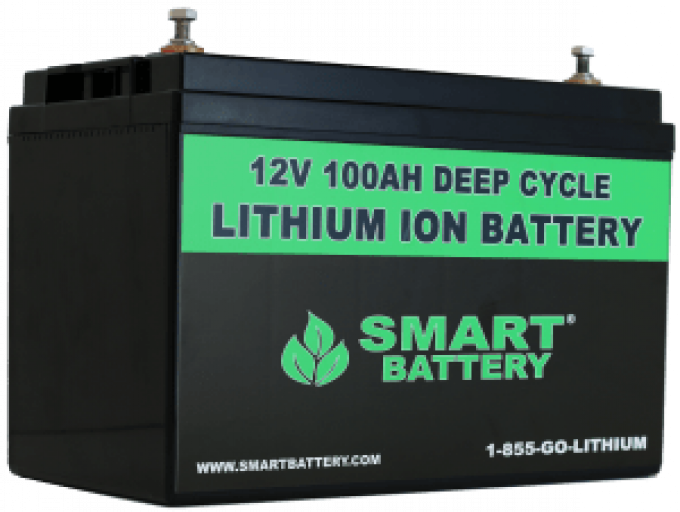Air cargo forwarders stick to spot rates – a long-term contract would be 'foolish'
Air cargo forwarders are sticking to using spot market rates, because “anything can come out ...

Once again, shippers of lithium batteries by air must prepare for changes to the regulations that become effective from 1 April.
This time, the changes are buried in the multi-page packing instructions 965 and 968 of the 63rd edition of the IATA Dangerous Goods Regulations. Neither lithium ...

Comment on this article